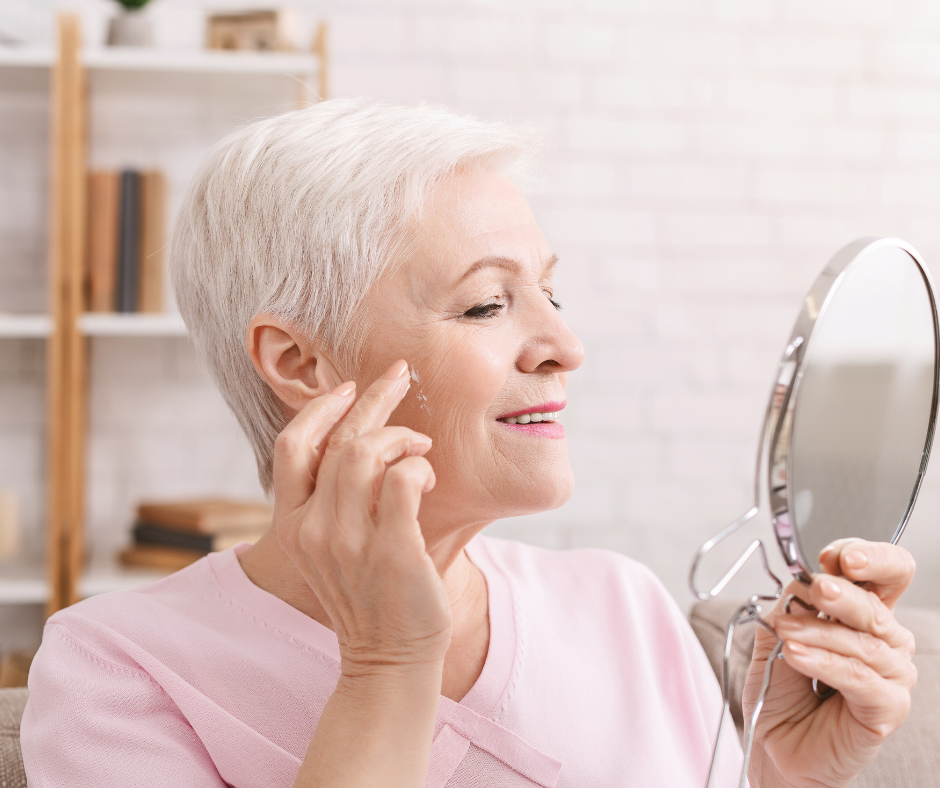Being able to interpret an ingredient list is an important part of choosing the right cosmetic products. By understanding what is actually in a product, you can make more informed decisions and avoid ingredients you don't want. In this part of NSL Cosmetics' little formulation school, we go over how to read an ingredient list and which ingredients you might want to watch out for.
How is an ingredient list structured?
All cosmetic products in the EU must list their ingredients according to INCI (International Nomenclature of Cosmetic Ingredients). This system lists ingredients in descending order based on concentration, with the first ingredient making up the largest proportion of the product.
-
Water-based ingredients (e.g. Aqua or Water) usually come first.
-
Oils and moisturizing ingredients often follow.
-
Active ingredients (vitamins, extracts) are often listed in the middle.
-
Preservatives and fragrances are usually found at the end because they are used in low concentrations.
Tip: If an ingredient you want (e.g. a certain oil or vitamin) is far down the list, it means it is present in a small amount.
Ingredients you may want to avoid
Some ingredients can be irritating, environmentally harmful or allergenic. Here is a list of common ingredients you may want to avoid and why:
-
Sulfates (Sodium Lauryl Sulfate, SLS & Sodium Laureth Sulfate, SLES)
-
Can be drying and irritating to sensitive skin and scalp.
-
-
Parabens (Methylparaben, Propylparaben, etc.)
-
Used as a preservative but suspected of having hormone-disrupting effects.
-
-
Mineral Oil & Petrolatum (Paraffinum Liquidum, Petrolatum)
-
Made from petroleum and can block the skin's natural breathing.
-
-
Phthalates (Dibutyl Phthalate, Diethyl Phthalate)
-
Used in fragrances and plastic products but suspected of being an endocrine disruptor.
-
-
Formaldehyde release agents (DMDM Hydantoin, Diazolidinyl Urea, Imidazolidinyl Urea)
-
May release formaldehyde, which can be allergenic and irritating.
-
-
Synthetic fragrances (Perfume, Fragrance)
-
May contain hundreds of chemicals not specified on the label and may cause allergic reactions.
-
-
Silicones (Dimethicone, Cyclopentasiloxane, etc.)
-
Can give a smooth and soft feel but can be difficult to wash off and pollute the environment.
-
How to choose better options
If you want to avoid these ingredients, you can look for:
✅ Sulfate-free cleansers (for example with coconut-based surfactants such as Cocamidopropyl Betaine).
✅ Natural preservatives (e.g. Leuconostoc/Radish Root Ferment Filtrate).
✅ Vegetable oils instead of mineral oils (e.g. jojoba oil, almond oil).
✅ Organic and natural fragrances (essential oils).
✅ Environmentally friendly alternatives to silicones (e.g. Coco-Caprylate/Caprate).
Learning to read an ingredient list can take some time, but with practice you will quickly become better at choosing products that are both gentle on your skin and the environment.
Hope this guide helps you navigate ingredient lists and make more informed choices! Don't forget to subscribe to our newsletter for more formulation tips and inspiration.
With natural greetings,
NSL Cosmetics






Leave a comment